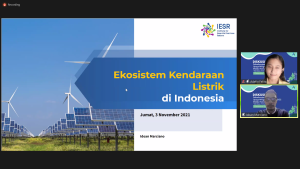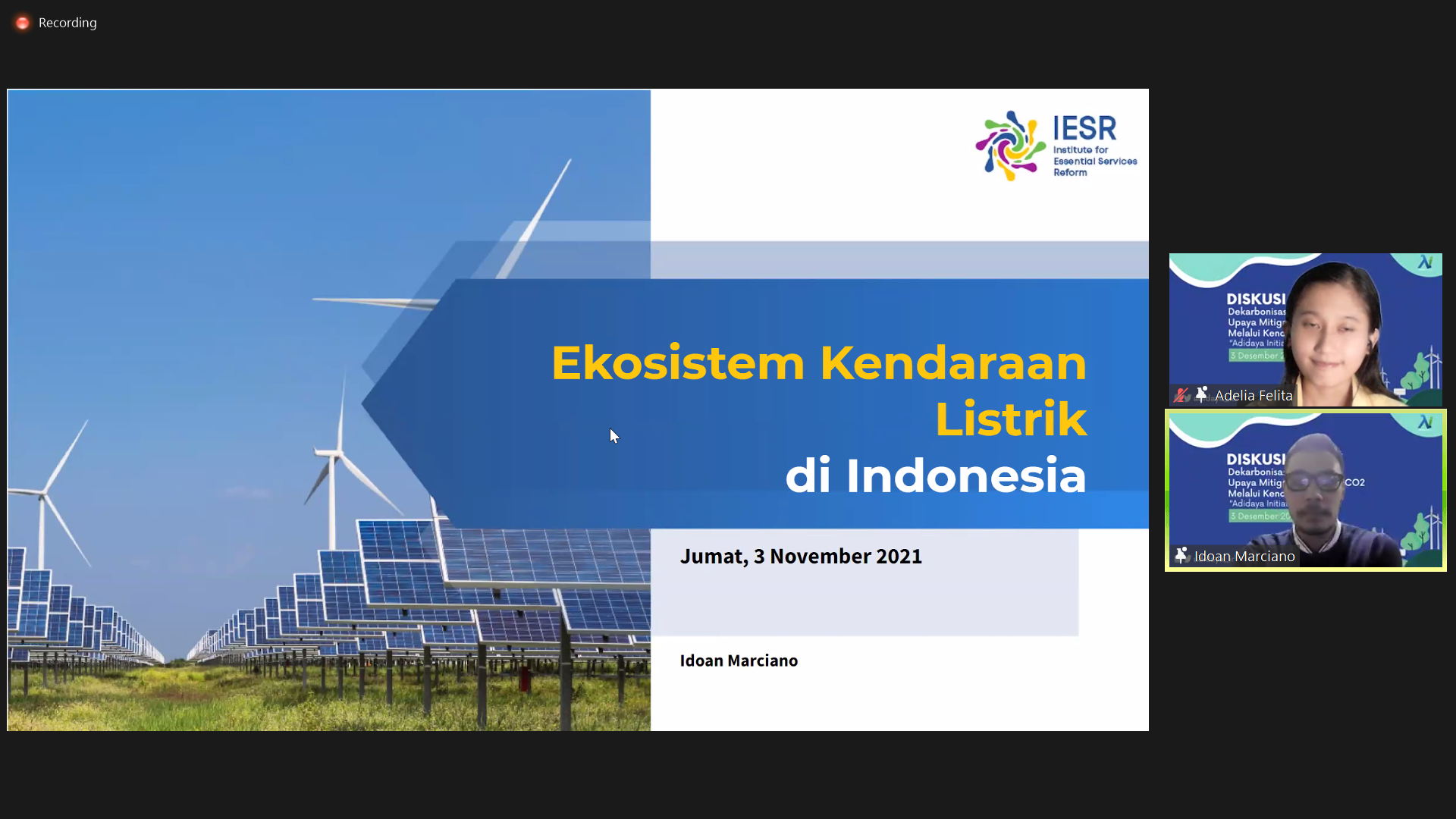Electric vehicles have become increasingly popular recently. The Indonesian government itself has stated that the use of electric vehicles is one of Indonesia’s energy transition strategies. The Ministry of Energy and Mineral Resources announced a target of electric vehicle penetration of 2 million electric cars and 13 million electric motorcycles by 2030.
The magnitude of the electric vehicle penetration target certainly needs to be accompanied by a supporting ecosystem such as the availability of charging infrastructure, various models of EV, as well as incentives for electric vehicle users. Zainal Arifin, executive vice president of engineering and technology at PLN, at the IETD 2021, said that to answer the needs of the electrical energy ecosystem, the government opens opportunities for the private sector to develop charging infrastructure. So far, the adoption of electric vehicles has not been very encouraging. Until 2021, there were 5486 units of two-wheeled vehicles and 2012 four-wheeled vehicles have been certified. However, the adoption rate is still 654 units of electric cars.
The limited number of public charging stations is one of the factors that discourage potential consumers from buying electric vehicles. People need assurance if they run out of power in the middle of the trip, there are many charging stations available.

Although for a measured distance, this charging issue can be anticipated and calculated, but, it is necessary to consider the ratio between the number of vehicles and the SPKLU (Public Charging Station). If we fulfill the government’s target, the ratio of electric vehicles to SPKLU will be around 1:70. This ratio is still too small and causes anxiety when people use electric vehicles because of the limited number of charging spots.
Reflecting on the experience of several countries that have successfully penetrated large-scale electric vehicles such as China, the United States and Norway, in terms of providing public charging stations, the ratio between charging stations and electric vehicles is averagely 1:20. Indonesia is expected to continue to improve the EV ecosystem, one of which is charging stations.
“The government must have an attractive business model to provide massive charging stations so that investors are interested in taking part in the project,” explained Idoan Marciano, Electric Vehicle Specialist, IESR.
Electric vehicles are believed to be a clean, low-emissions transportation solution. Massive use of electric vehicles can reduce emissions in the transportation sector. In the context of Indonesia, massive penetration of EV must also be accompanied by rapid deployment of renewable energy in the power generation sector as the main power producer that will be used by electric vehicles.
The price of electric vehicles which are still higher than Internal Combustion Engine (ICE) vehicles is also highlighted. Government intervention to reduce the price of electric vehicles is needed, but also needs to be wise in designing the intervention scheme considering that electric vehicles are currently still targeting the upper middle class economy.
Particular attention can be paid to the development of faster two-wheeled electric vehicles to encourage penetration in society. The price difference, which is not as much as 4-wheeled vehicles, will be one of the driving factors for the electrification of two-wheelers. In addition, the public procurement of official vehicles for the government and public transportation can be a good strategy to transform the transportation system in Indonesia.

